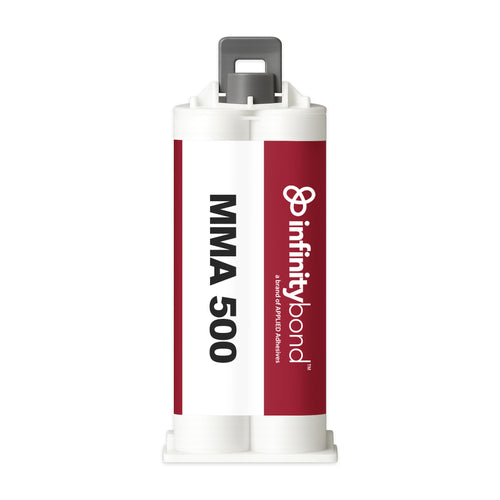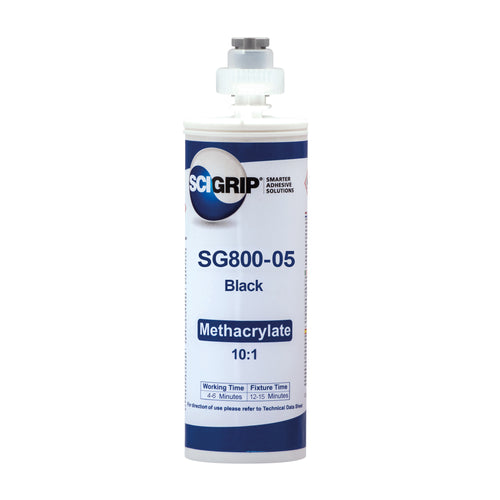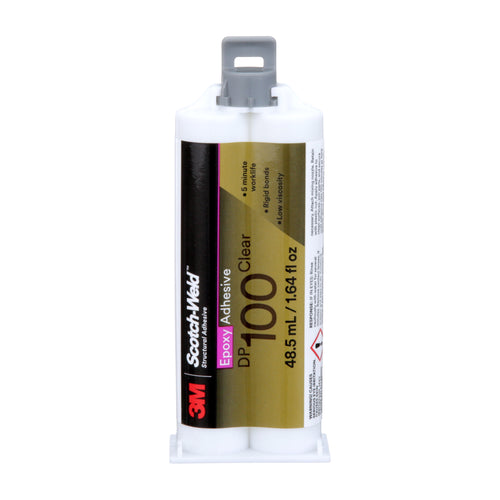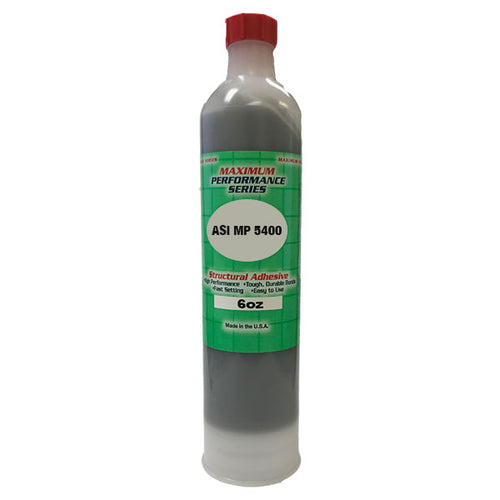When it comes to structural bonding, using the right adhesive is imperative. Structural adhesives are designed to provide strong and lasting bonds in demanding and load-bearing applications. They can be used in automobiles, construction, manufacturing, and much more. While many are impact resistant and shock resistant, not all can withstand extreme heat. For the many applications where high heat exposure comes into play, this is where high-temperature adhesives are needed.
What Are High-Temperature Adhesives?
High-temperature adhesives are adhesives that are specially designed to withstand higher temperatures without losing their bonding abilities. Compared to adhesives that do not have this special property, high-temperature adhesive glues can be used in environments with sustained heat exposure without impacting their effectiveness.
What Qualifies as a High-Temperature Adhesive?
Determining what qualifies as a high-temperature adhesive and what doesn't isn't always so clear. Different types of adhesives have different heat-resistant capabilities and therefore different parameters for what is considered a high-temperature product. Also, different sources have slightly different opinions on the temperature range for high-temperature adhesives.
Some sources suggest high-temperature structural adhesives must be able to withstand sustained temperatures above 100°C. Other sources propose that the cutoff temperature is closer to 125°C or even 150°C.
Regardless of the exact temperature range for high-temperature glues, you should be focused on how an adhesive will perform with your given application. Pay attention to the adhesive's service temperature, or the maximum and minimum temperatures the adhesive can be exposed to while still maintaining its bonding properties.
High-Temperature Adhesives vs. Flame-Resistant and Flame-Retardant Adhesives
While high-temperature adhesives are specially formulated to withstand high heat, it does not mean that they are resistant to fire. The special adhesives that are have to meet higher standards when it comes to heat resistance. We shed some light on the differences between high-temperature adhesives, flame-resistant adhesives, and flame-retardant adhesives below.
- High-temperature adhesives: These adhesives can withstand high temperatures but not necessarily fire. They may fail when exposed to fire or ignite.
- Flame-resistant adhesives: These adhesives are formulated to not only withstand extremely high temperatures but also are less likely to catch on fire.
- Flame-retardant adhesives: Flame-retardant adhesives are formulated to actually suppress flames and slow the spread of fire.
Applications for High-Temperature Structural Adhesives
High-temperature structural adhesive glues are used in applications where both high bond strength and heat resistance are required. These applications can fall into any number of industries including:
- Automotive: In the automotive industry, high-temperature adhesives are commonly required because of exposure to the engine or exhaust system.
- Electronics: Electronic components often need high-temperature adhesive glues that will not burn up and will remain effective in these heat-sensitive environments.
- Energy: Energy creation, such as in power plants, often involve high-temperature processes that require high-temperature adhesives.
- Aerospace: Not only can the engine and exhaust systems get hot, but also some aircrafts may be exposed to extremely high heat during launch or re-entry into the atmosphere.
While heat resistance is an important factor to consider, it is imperative to ensure that the adhesive's temperature capabilities match that of the environment it will be exposed to. If the adhesive will be exposed to extreme fluctuations in temperature, it needs to be suited for that kind of environment.
Examples of High-Temperature Structural Adhesives
While there are many high-temperature adhesives to choose from, our team is sharing just a few examples of some high-temperature adhesives we have available for purchase.
This high-temperature methacrylate adhesive can withstand continuous exposure to temperatures up to 300°F as well as intermittent exposure up to 400°F. Along with its great strength and heat resistance, the adhesive also offers minimal bond-line read-through and can bond most metals without the use of a primer or surface modifier.
High-temperature acrylic adhesives, this family of adhesives has certified heat resistance up to 300°F with continuous exposure or 400° F with intermittent exposure. The adhesives also offer a non-sagging formulation and reduced bond-line read-through. To meet different production needs, the SCIGRIP SG800-05 has a work life of 4 to 6 minutes while the SG800-15 has a work life of 13 to 20 minutes.
3M DP100FR Fire-Resistant Epoxy
This 3M high-temperature structural adhesive is flame retardant as it is UL 94 V-O certified and passes the FAA 14 CFR 25.853 60-second vertical burn test. It can be used to bond ceramics, metals, concrete, and wood. This 3M epoxy adhesive also has a non-sag formulation for use on vertical applications and a short, six-minute work life.
ASI MP 5401 High-Temperature Epoxy
Another high-temperature epoxy adhesive, this product is a one-component adhesive with a temperature range from -40°F to 400°F. It has a fast set speed and is heat cured in a convection or infrared oven.
These are just a few of the products we sell. When determining which high-heat structural adhesive to choose, you need to take into consideration other factors outside of just heat resistance.
Need More Help?
Because of their unique properties, high-temperature adhesives may be harder to come by. You are not as likely to stumble upon them at a big box chain or your local hardware store. Fortunately, we sell an entire catalog of high-temperature structural adhesives and also have the expertise to point you in the right direction. Contact us today to get started.






















